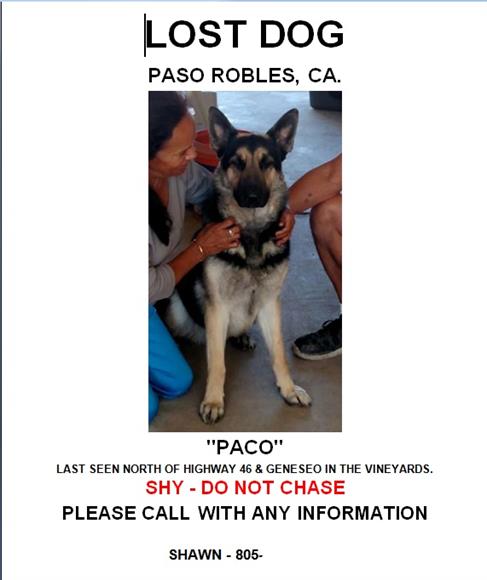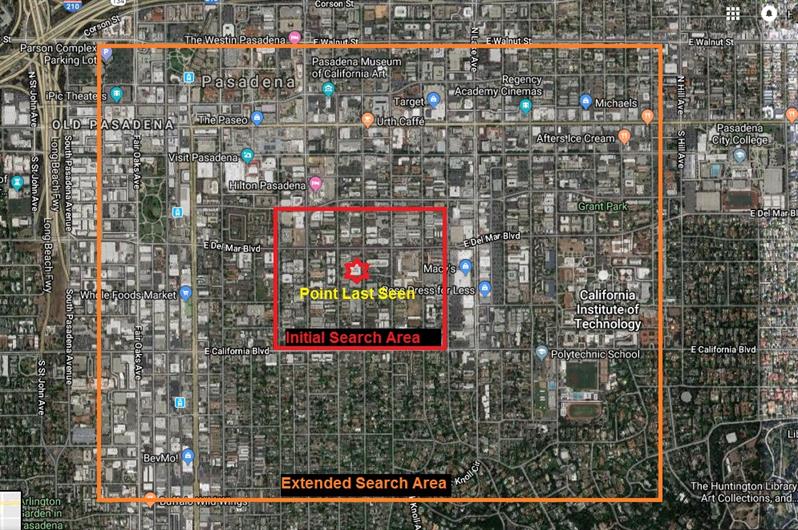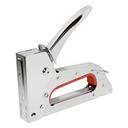In rural and wilderness areas, posters can be placed less densely but require more forethought about location. For example, along a rural road cars will speed by and may not see a poster unless it is at a stop or placed where the driver is looking straight ahead at the poster for a few seconds. So when placing posters in these circumstances, drive the roads and look for placements where you are looking straight ahead and there is a pole, fence, tree or other object to put the poster. Always use common sense and courtesy so as not to "litter" the area needlessly which could irritate nearby residents.
In wilderness areas, placing posters is not an acceptable practice under most circumstances. Check with the local authorities for details (e.g. Ranger station, BLM office, USFS station). Often times permission will be granted to place posters on campground billboards, on existing sign posts and other man made structures. Do not use trees or other flora to place posters.
With regard to placing posters, the best method to do so depends on what you are affixing them to. For poles that are steel or concrete, duct tape works best. For anything made of wood, a staple gun is best. You will be saving a lot of time and frustration by not using a small office stapler, so do yourself a favor and get a true staple gun with 8mm or 10mm staples (about $15 at most stores).




